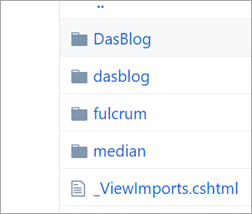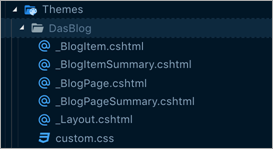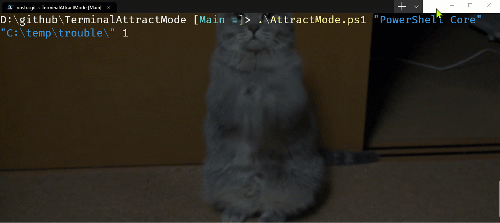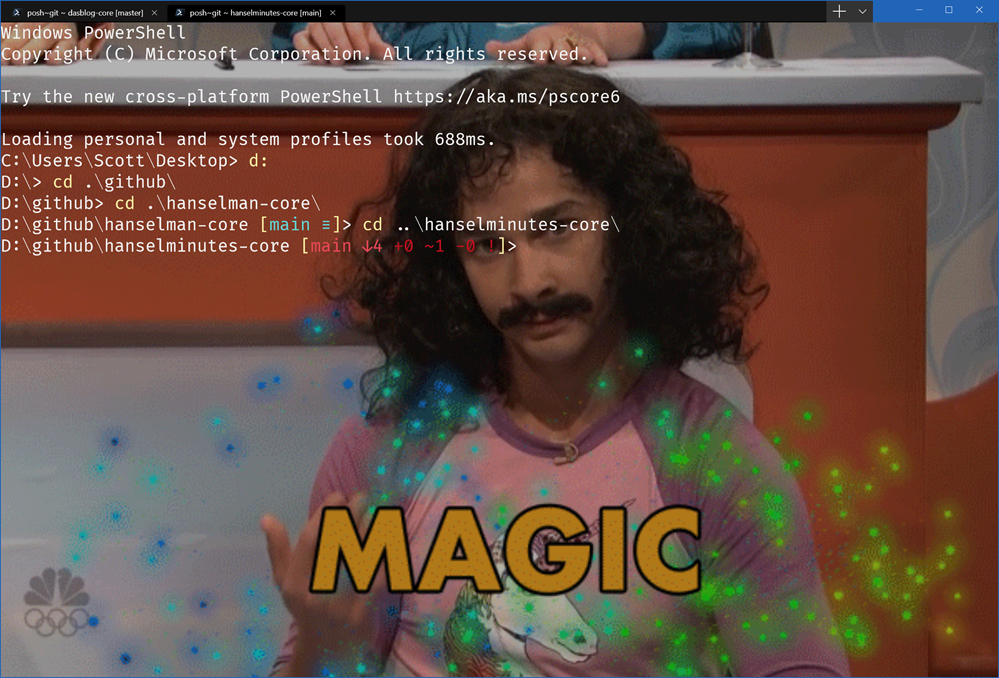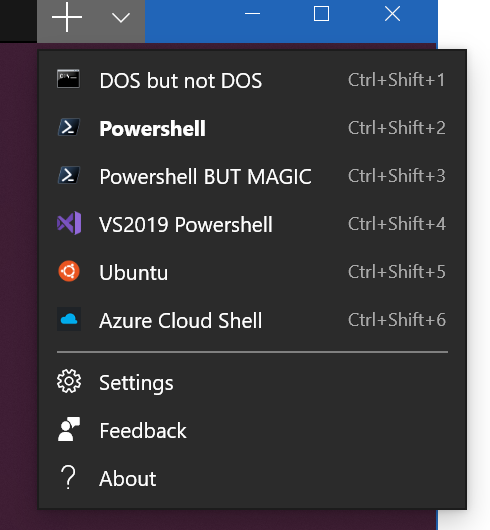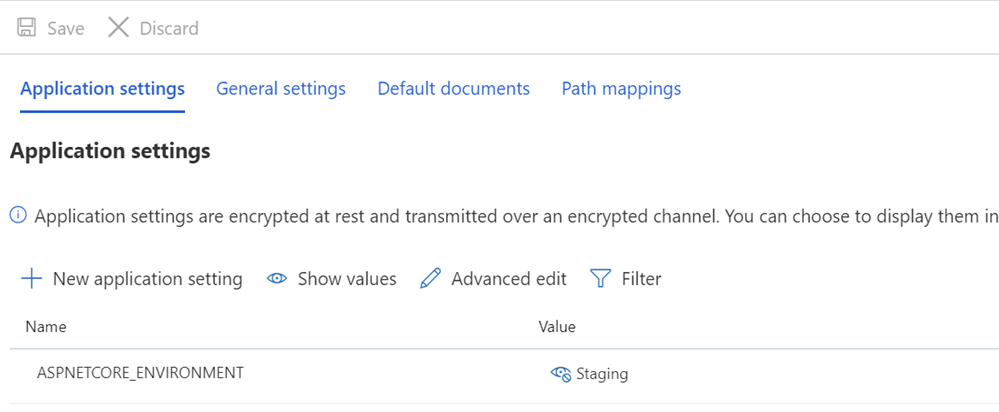Real World Cloud Migrations: Moving a 17 year old series of sites from bare metal to Azure
Technical Debt has a way of sneaking up on you. While my podcast site and the other 16ish sites I run all live in Azure and have a nice CI/CD pipeline with Azure DevOps, my main "Hanselman.com" series of sites and mini-sites has lagged behind. I'm still happy with its responsive design, but the underlying tech has started to get more difficult to manage and build and I've decided it's time to make some updates.

I want to be able to make these updates and have a clean switch over so that you, the reader, don't notice a difference. There's a number of things to think about when doing any migration like this, realizing it'll take some weeks (or months if you're a bigger company that just me).
- Continuous Deployment/Continuous Integration
- I host my code on GitHub and Azure DevOps now lets you log in with GitHub and does a fine job of building AND deploying your code (while running tests AND allowing for manual quality gates) so I want to make sure my sites have a nice clean "check in and go live" process.
- I'll also be using Azure App Services and Deployment Slots, so I'll have a dev/test/staging site and production, like a real professional. No more editing text files in production. Well, at least, I won't tell you when I'm editing text file in production.
- Technology Update
- Hanselman.com proper (not the blog) and the mini pages/sites underneath it run on ASP.NET 4.0 and WebForms. I was able to easily move the main site over to ASP.NET Razor Pages. Razor is just so elegant, as it's basically just HTML then you type @ and you're in C# (Razor). More on that below, but the upgrade was a day as the home page and minisites are largely readonly.
- The Blog, hosted at /blog will be more challenging given I don't want to break two decades years of URLs, along with the fact that it's running DasBlog on a recently upgraded .NET 4.0. DasBlog was originally made in .NET 1, then upgraded to .NET 2, so this is 17 years of technical debt.
- That said, the .NET Standard along with open source cross-platform .NET Core has allowed us - with the leadership of Mark Downie - to create DasBlog Core. DasBlog Core shares the core reliable (if crusty) engine of DasBlog along with an all new system of URL writing using ASP.NET Core middleware, as well as a complete re-do of the (well ahead of its time) DasBlog Theming Engine, now based on Razor Pages. It's brilliant. This is in active development.
- Azure Front Door
- Because I'm moving from a single machine running IIS to Azure, I'll want to split things apart to remove single points of failture. I'll use Azure Front Door to manage my URL structure and act as a front end cache as well as distribute traffic to multiple Azure App Services (Web Apps).
- URL management
- Are you changing your URLs and URL structure? Remember that URLs are UI and they matter. I've long wanted to remove the "aspx" extension from my URLs, as well as move the TitleCaseBlogPostThing to a more "modern" title-case-blog-post-thing style. I need to do this in a way that updates my google sitemap, breaks zero URLs, 301 redirects to the new style, and uses rel=canonical in a smart way.
- Shared Assets/CDNs/Front Door
- Since I run a family of sites, there's an opportunity to use a CDN as well and some clean CNAME DNS such that images.hanselman.com and images.hanselminutes.com can share assets. Since the Azure CDN is easy to setup and offers free SSL certs and pay-as-you go, I'll set both of those CNAMES up to point to the same Azure Storage where I'll keep images, show pics, CSS, and JS.
I'll be blogging the whole process. What do you want to hear/learn about?
Sponsor: Seq delivers the diagnostics, dashboarding, and alerting capabilities needed by modern development teams - all on your infrastructure. Download now.
About Scott
Scott Hanselman is a former professor, former Chief Architect in finance, now speaker, consultant, father, diabetic, and Microsoft employee. He is a failed stand-up comic, a cornrower, and a book author.
About Newsletter

